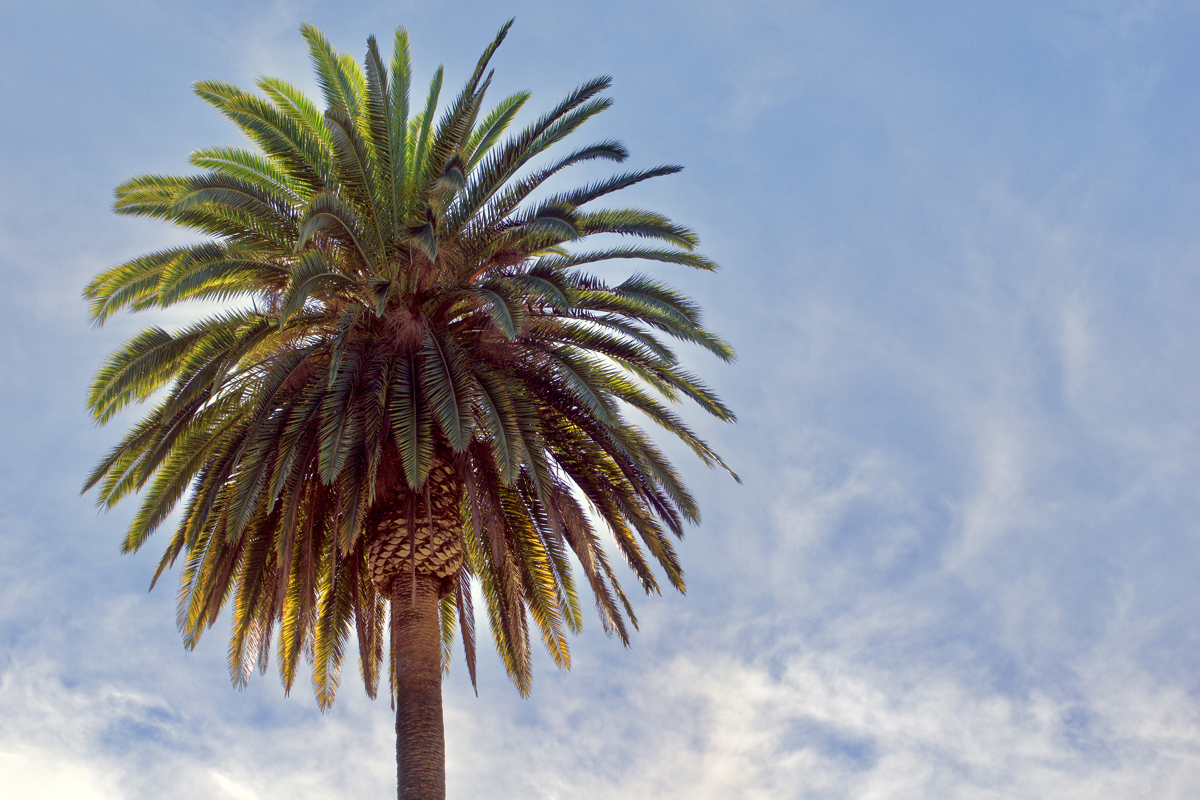The average cost of tree stump removal is $298 according to HomeAdvisor. Tree stump removal costs range from $162-$473.
How Much Does Stump Grinding Cost?
Stump grinding is the most effective way to remove a tree stump. The average cost of stump grinding is $298. Stump grinding costs are based on several factors including size, time, quantity, root system and cleanup.How Much Does Stump Grinding Cost Per Inch?
Stump grinding costs about $3 per inch depending on the stump removal company.How Much Does Stump Grinding Cost Per Hour?
Stump grinding costs about $150 per hour.How Much Does Tree Root Removal Cost?
Root removal costs about $150 per hour.How Much Does Stump Removal Cost In Arizona?
The average cost of stump removal in Arizona is $300. However, this is only an estimate. To get an actual quote for your stump removal, contact Liberty Tree Experts today! Liberty Tree Experts is a professional tree removal and stump removal company in Scottsdale offering affordable tree stump removal and grinding services.Read more about the cost of tree services.
How Much Does Palm Tree Trimming Cost?
 Arizona summers come with extreme heat and daily sunshine. So, how can you give your yard and home an escape from the non-stop sunshine?
If you are currently searching for "best arizona shade trees that dont shed", this article is for you! Consider planting some of the following shade trees that will save you from constantly cleaning and skimming.
Arizona summers come with extreme heat and daily sunshine. So, how can you give your yard and home an escape from the non-stop sunshine?
If you are currently searching for "best arizona shade trees that dont shed", this article is for you! Consider planting some of the following shade trees that will save you from constantly cleaning and skimming.
Palo Verde
Palo Verde trees can be seen all across the valley and they stand out due to how green they appear throughout the year. Every part of the tree is green, from the trunk all the way up to the branches. Another pro is the fact that these trees are some of the most drought-tolerant plants in the desert. Palo Verdes need no supplemental water supply to live and flourish. If any extreme drought occurs, the leaves can be shed, but they are extremely small, so the workload will not be overwhelming to any homeowners.Arizona Cypress
This drought-tolerant cypress tree is native to the southwestern U.S. so it is very used to surviving the hot Arizona summers. This tree is commonly chosen by homeowners for various reasons. The Cypress tree does not shed a lot, it provides shade, breaks up wind patterns and it can also be used as a Christmas tree. Growing approximately 18 inches per year, the Cypress can reach heights up to 50-feet tall. Direct sunlight for at least six hours a day will suffice.Arizona Rosewood
Enjoy the beauty provided by trees in your backyard but are tired of skimming the pool for leaves? The Arizona Rosewood serves the best of both worlds. The Rosewood will not grow too large, so you'll never have to worry about it growing over property lines. Reaching a height of about 10 feet, the Rosewood will also provide a present in the spring season: growing small white flowers.Willow Acacia
The Willow Acacia is an Australian tree that has made a home providing shade in southern Arizona. This tree tends to grow fast and narrow, perfect for homeowners without a ton of space in their yard. Willows will grow to a maximum height of 30 feet, and just like Rosewoods they will produce beautiful flowers in the spring.Ironwood
Ironwood trees grow exclusively in the Sonoran Desert, so these plants know how to flourish in Arizona. In fact, these trees are some of the oldest found in the desert, surviving for the last 1,200 years! Lavender flowers will spring from the trees as soon as the weather warms up. They can stand anywhere from 25 - 45-feet tall.Liberty Tree Care Offers Tree Services in Scottsdale, Mesa & Tempe
If you are searching for tree service in Scottsdale, Mesa or Tempe, Liberty Tree Experts can help! Get a free tree service quote by giving Liberty a call today at 480-482-9374.More Articles About Arizona Landscaping
- Best Time Of Year To Trim Trees In Arizona
- Can You Grow Lemon Trees In Arizona?
- How To Save A Dying Cactus
- How To Bring A Dead Palm Tree Back To Life
- Cost Of Tree Removal 2020
- How Much Does Cactus Removal Cost?
- How Much Does Palm Tree Trimming Cost?
- How Much Does Palm Tree Removal Cost?
- How Much Does Tree Removal Cost?
- How Much Does Tree Stump Grinding & Removal Cost?
- How To Trim A Tree
- How To Choose a Tree Service
- WHY TOPPING HURTS TREES
- How To Show Your Trees You Love Them
- Fast Growing Trees of Arizona
- When & How to Trim Citrus Trees in Arizona
- Preparing Arizona Trees For Monsoon Storms
- Arizona Ash Trees
- Mesquite Trees In Arizona

 Trimming your queen palm tree can be a simple and effective DIY project. Just follow our guide below!
Trimming your queen palm tree can be a simple and effective DIY project. Just follow our guide below!
Queen Palm Tree Trimming Guide
Growing up to 50 feet in height, the queen palm is considered a feather palm. This tree will thrive in acidic, well-draining soils located in the U.S. Department of Agriculture plant hardiness zones 9b-11. Queen palms can spread up to 25 feet outward over time, featuring fronds at the top of the trunk. While these palms do drop fronds naturally, pruning can yield some immediate results for homeowners.Step 1
- Visually check the base of the leaf stem before removing fronds.
- If the base is a green color, it is still alive.
- Never remove fronds while still alive.
Step 2
- Prune only between the months of September to November for the best results possible.
- Do not remove too many fronds all at one time.
- Removing too many fronds will stress the queen palm.
Step 3
- Cut the dead fronds a few inches from the trunk using a saw.
- Do not cut into the trunk.
- Remove only the leaves that drop at less than a 90-degree angle from the trunk.
Liberty Tree Care Offers Tree Services in Scottsdale, Mesa & Tempe
If you are searching for tree service in Scottsdale, Mesa or Tempe, Liberty Tree Experts can help! Get a free tree service quote by giving Liberty a call today at 480-482-9374.
 Palm tree roots are not considered deep, as they typically go only three-feet deep into the ground. In some cases, palm tree roots will even grove above ground.
Palm tree roots are not considered deep, as they typically go only three-feet deep into the ground. In some cases, palm tree roots will even grove above ground.
Palm Tree Roots Guide
The root systems are vital for these trees to survive and thrive. Whenever the palm tree grows, the area going into the ground is called the initiation zone. The roots begin to form in this area. Roots are typically very fine, sprawling horizontally in order to form a root ball. More roots then start to develop from the root ball. The roots will consistently spread horizontally to get as much moisture and nutrients as possible. These horizontal root systems are in place to anchor the trees to the ground. This system will come in handy when trees must deal with a variety of inclement weather conditions.Palm Tree Roots Grow Horizontally
Palm tree roots prefer to grow horizontally rather than growing straight down like most tree roots. These roots will spread out within the topsoil area, limited to about 12-36 inches deep. Roots spread far away from the tree trunk to absorb as much water and nutrients as possible. If you plan to plant some large tree cultivars, then it's recommended to keep them at least 11 feet apart and away from any underground drainage pipes.The Root Ball
While not growing as large as the tree itself, the root ball will keep the same circumference even as it grows larger. The root ball forms as the roots expand horizontally away from the trunk. Short palms that measure 16 feet will feature a 24-inch ball diameter.Liberty Tree Care Offers Tree Services in Scottsdale, Mesa & Tempe
If you are searching for tree service in Scottsdale, Mesa or Tempe, Liberty Tree Experts can help! Get a free tree service quote by giving Liberty a call today at 480-482-9374.
 The majority of indoor palm trees and plants require very little upkeep. Follow these simple steps to care for your indoor palm tree properly.
The majority of indoor palm trees and plants require very little upkeep. Follow these simple steps to care for your indoor palm tree properly.
How To Take Care Of Palm Tree Indoors
While palm plants typically have very few maintenance needs, they still require some care to survive indoors.1. Avoid Direct Sunlight
- Direct sunlight has been known to actually burn palm leaves, which can cause brown leaf tips and curling.
- Keep your palm tree in partial shade or in an area that does not receive direct sunlight.
2. Keep Soil Moist
- Indoor palm plants need a delicate balance of humidity and moisture.
- Either mist the leaves or place the plant in a room with a running humidifier.
- Palm plants are susceptible to root rot when exposed to an excessive amount of moisture.
- Ensure a healthy growing process by draining your containers of excess water.
- Leaves will eventually develop brown tips if left too long without water.
3. Prune Occasionally
- It's important to prune off any dead brown leaves to keep the plant thriving.
- Refrain from over pruning the leaves, though, as this is a main source of nutrition.
4. Keep Any Pests Away
- These plants are prone to mealybugs and spider mites.
- You can treat these issues with insecticidal soaps.
5. Use Fertilizer
- Specialized palm fertilizers can provide crucial nutrients like magnesium, iron and potassium.
- Use this fertilizer a few times each year.
Liberty Tree Care Offers Tree Services in Scottsdale, Mesa & Tempe
If you are searching for tree service in Scottsdale, Mesa or Tempe, Liberty Tree Experts can help! Get a free tree service quote by giving Liberty a call today at 480-482-9374.
Typically, a fruit tree will cost $945 over its first four years of life with proper maintenance and labor factored in. Let's take a look at the costs in a year-by-year breakdown.
Year One Costs:
- Two apple trees: $50.
- Planting labor: $20.
- Sprayer: $25.
- Spray materials: $45.
- Lopper for pruning: $45.
- Ten-foot tripod ladder: $130.
- Hand shears: $25.
- Handsaw: $30.
Year Two Costs:
- Three insecticide sprays (labor included): $30.
- Two fungicide sprays (labor included): $20.
- Training and pruning (labor included): $20.
- Fruit thinning (labor included): $20.
- Fall cleanup: $20.
- Four pheromone lures and traps: $30.
- Fertilizer: $10.
Year Three Costs:
- Three insecticide sprays (labor included): $30.
- Fungicides: $30.
- Two fungicide sprays (labor included): $20.
- Training and pruning (labor included): $20.
- Fruit thinning (labor included): $20.
- Fall cleanup: $20.
- Four pheromone lures and traps: $30.
- Tree netting: $25.
Year Four Costs:
- Four pheromone lures and traps: $30.
- Three insecticide sprays (labor included): $30.
- Fall cleanup: $20.
- Fertilizer: $10.
- Insecticides and fungicides: $40.
- Two fungicide sprays (labor included): $20.
- Training and pruning (labor included): $20.
- Fruit thinning (labor included): $20.
Liberty Tree Care Offers Tree Services in Scottsdale, Mesa & Tempe
If you are searching for tree service in Scottsdale, Mesa or Tempe, Liberty Tree Experts can help! Get a free tree service quote by giving Liberty a call today at 480-482-9374.
On average palm tree trimming costs about $637.50 for the US. Palm trees that are as high as 30ft will usually cost around $75 to $400. To have a medium palm tree trimmed it generally costs in the range of $130 to $800, and palms that are as high as 60ft and taller, will normally cost in the range of $200 to $1,200 according to Phoenix Trim a Tree.
- Palm Tree Trimming Costs
- Small Palm Tree Trimming Cost
- Medium Palm Tree Trimming Cost
- Large Palm Tree Trimming Cost
- Free Palm Tree Trimming Cost Quote
Average Palm Tree Trimming Cost
On average palm tree trimming costs about $637.50 with average prices ranging from $75 to $1,200 in the US. The health, shape, and size of the palm tree all have an impact on how much they cost to trim. Trees that are well managed and trimmed on a regular basis will cost less than a palm tree that never gets trimmed.Small Palm Tree Trimming Cost
Small palm trees that are 30' or shorter cost $75 to $400.Medium Palm Tree Trimming Cost
Palm trees that are between 31' to 59' cost $130 to $800Large Palm Tree Trimming Cost
Large palm trees that are 60' or larger cost $200 to $1,200How Much Does Palm Tree Removal Cost?
The average cost of palm tree removal is $825 with average prices ranging from $150 to $1,500 in the US according to HomeAdvisor.
